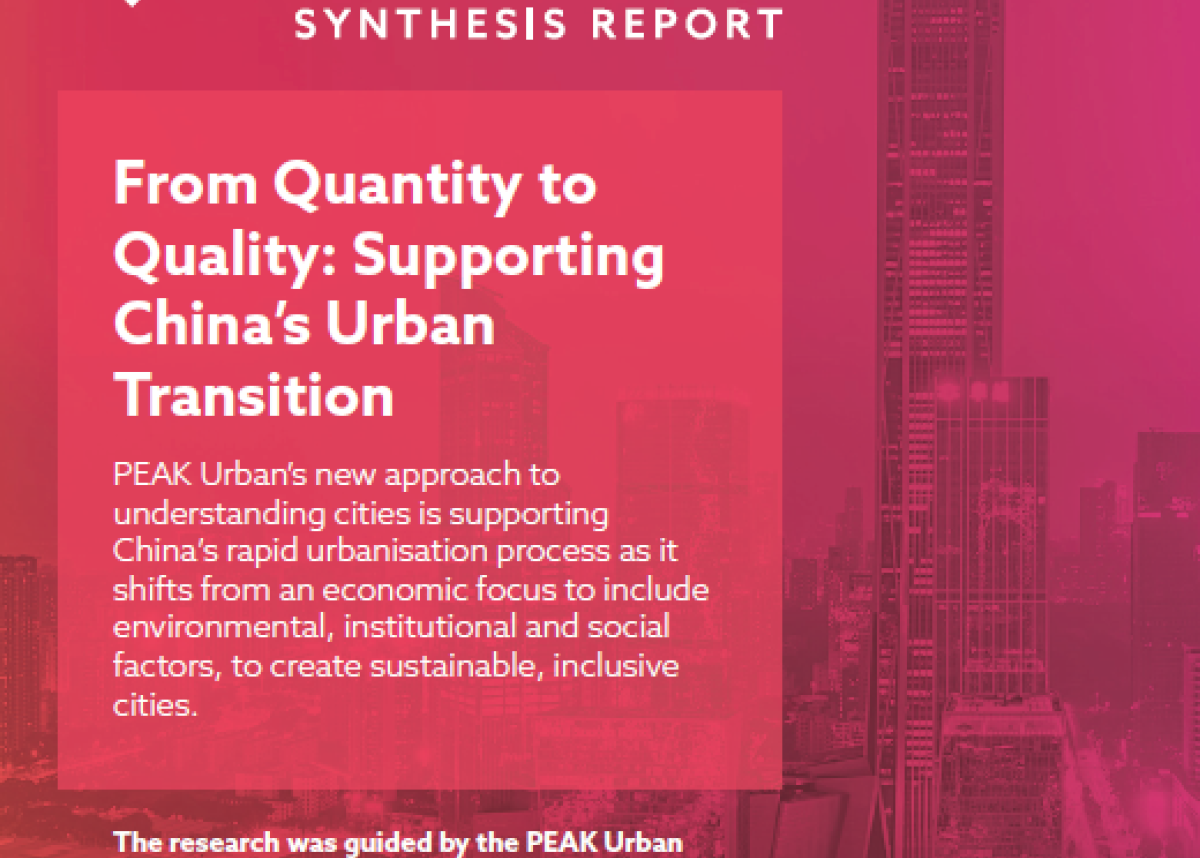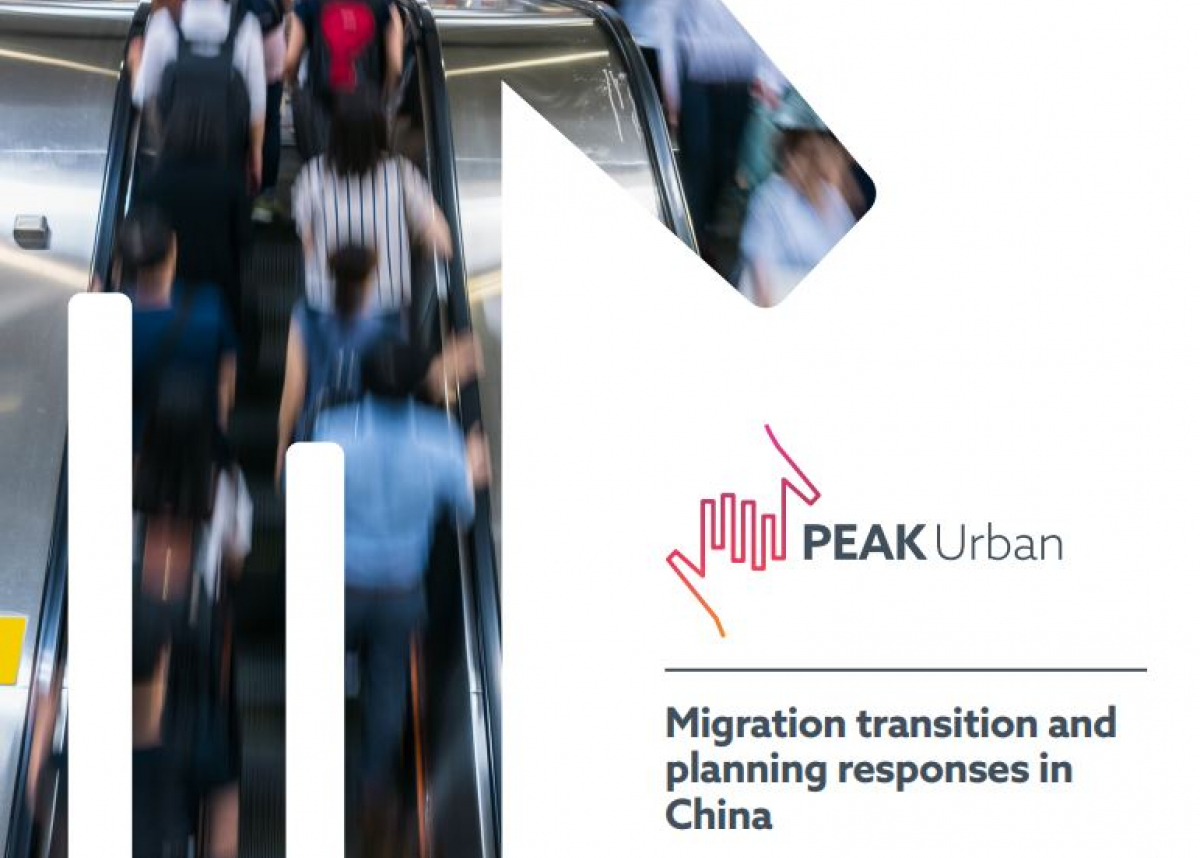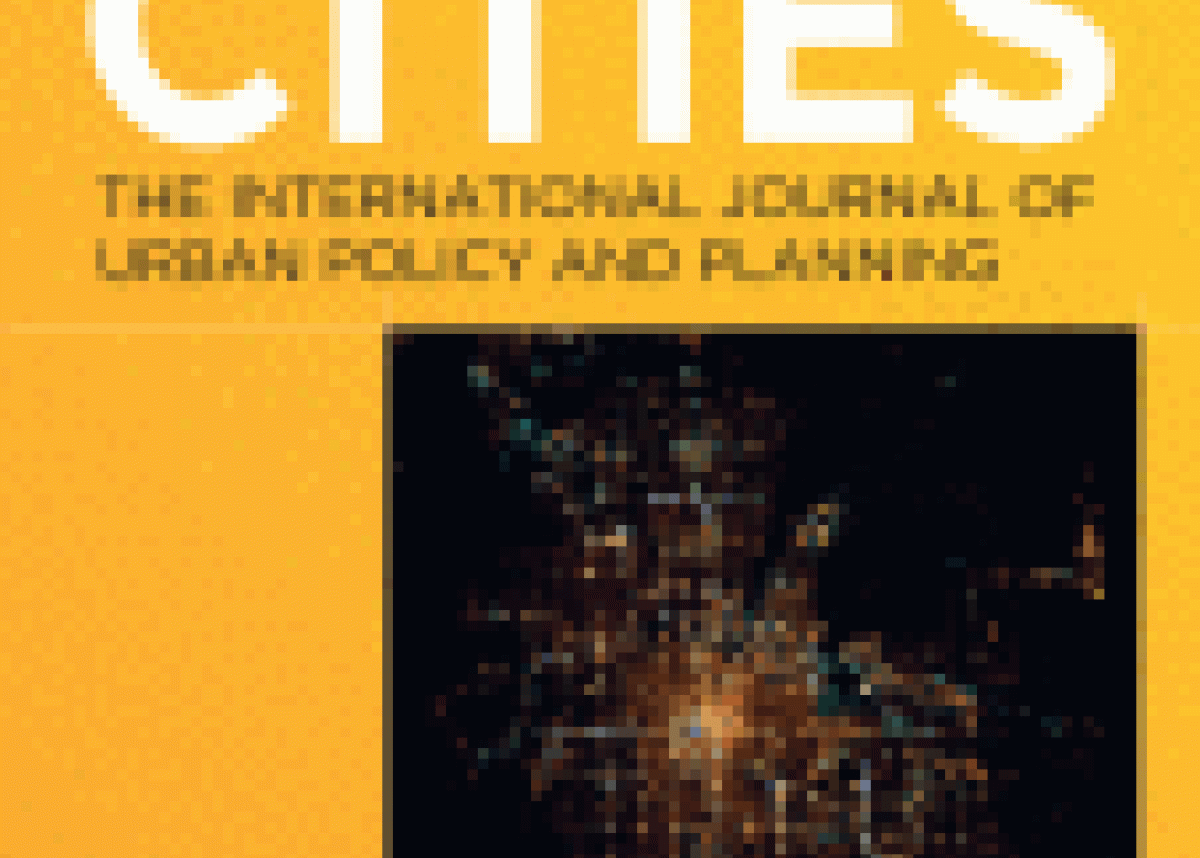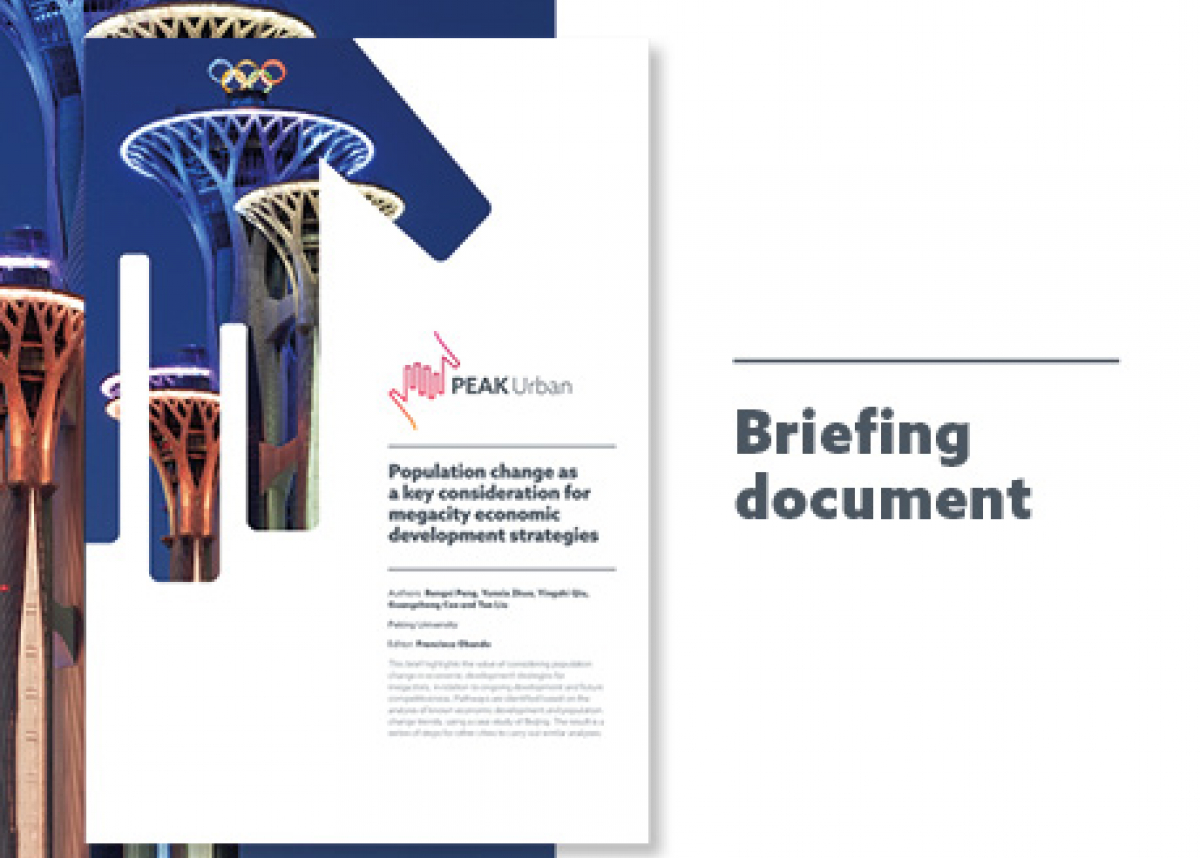
How multi-proximity affects destination choice in onward migration: A nested logit model
China's migrant population continued to grow for decades, but has slowly declined since 2015. In such a context, the destination choice of stock migrants has a profound influence on the future pattern of population distribution and urbanisation.
Previous analysis and modelling of internal migration in China have mainly focused on the primary migration or the most recent one, while it has long been recognized that migration is a repetitive event. Migrants have various motives and strategies in different stages, and the experience gained from the primary migration will affect the subsequent one. So, the primary and onward migrations differ in their spatial patterns.
This paper focuses on China's onward migrants who have moved once. Considering both the origins and primary destinations, we constructed a framework of how multi- proximity, which includes cognitive proximity, geographic proximity, institutional proximity, informational proximity and social proximity, which generates an influence on destination choice by affecting the migration cost.
Based on data from the 2017 China Migrants Dynamic Survey, and by the use of the nested logit model, we made an empirical test.
The results show that migrants have a dual identity of the origin and the primary destination, and their onward migration is based simultaneously on these two places. After controlling the effects of cities' characteristics, dual multi- proximity has a significant and robust impact on migrants' decision- making. Onward migrants prefer destinations which match them well in education background, and are geographically adjacent to, and closely connected with their origins and previous destinations. The migration network between a destination and its origins increases the likelihood that onward migrants will migrate to such a destination. Migrants are willing to return to the province of their origins but cities in such provinces are not attractive to returners due to low level of socio-economic development.
However, the effect of proximities varies from different groups. This is reflected in the following facts. First, women are more dependent on their hometown networks than men. Second, the new generation of migrants is similar to the older one in many ways, but relies more on the information and social connections of their hometowns than the latter. Finally, highly educated migrants are able to take advantage of localized social capital owing to their deep social integration in the primary destinations and are less dependent on the social capital in their origins. So, their destination choice is more similar to local residents.




